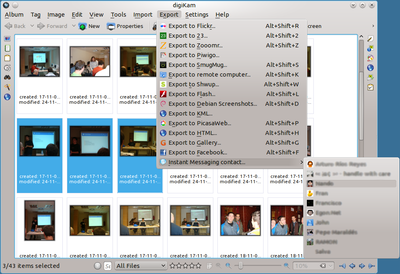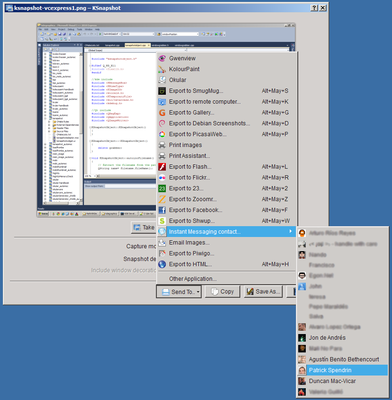When I talk to people about the CMake build system, they like the fact that it generates native project files for the tools you already use (which makes possible to use distributed compiling, debugging, etc). Next to that, Visual Studio and autotools users complain about bootstrapping not being possible.
If you are using Visual C++, solutions probably work fine for you and it is a fact they work out of the box with VC++. However, do not even try to move to another platform (Linux, Mac…) or another compiler on Windows because it will not work.
If you use autotools, you generate the configure script on your development machine and your users just run it to prepare makefiles. Only a Bourne-compatible shell is required when trying to build. Moving to Windows, particularly Visual C++ will be quite hard.
CMake is in my opinion one of the best build-systems out there but there is one problem: you need to have CMake in order to build a CMake-based project.
Now add third-party dependencies, which probably use a different build-system, to the mix and suddenly building your software has become time-consuming and complex. In terms of money, that translates to lost revenue because there is a high probability people evaluating your software will give up before they even have something to test.
Nokia solves this by distributing Qt binaries for the most popular compilers (MSVC2005, MSVC2008, MinGW). But there is always someone using a different compiler: MSVC2010, a different flavor of MinGW, Embarcadero C++ Builder…
KDE on Windows solves this by having its own “meta-buildsystem” called emerge, which is written in Python, which adds a dependency on Python when you want to build.
Can’t we do better? Can we get all the advantages of CMake yet not depend on CMake being available?
Yes, we can. I tried to do that for Wt and implemented it in the form of winstng. It’s a small batch file for Windows and a Bash shell script (for Unix; I didn’t manage to remove one bashism) which automagically download, build (if needed) and install CMake, all the third-party dependencies, build them, and then download Wt and install it. Everything ends up in a self-contained location which you can move around*. And you do not need administrator permissions. Tested on Windows, Linux and Mac.
*For now that’s only true on Windows, on Unix platforms I have not removed the rpath for some libraries which use build systems other than CMake (namely, OpenSSL).
BTW, if you are at FOSDEM, there is a Wt talk on Sunday, 14.30-15.15: The next desktop is the browser.

